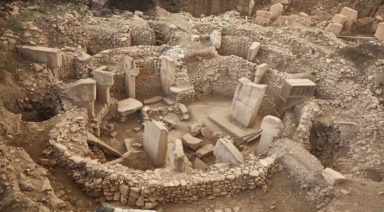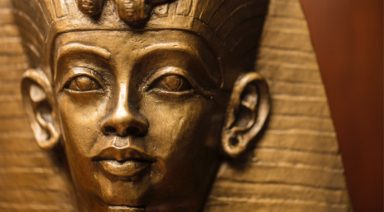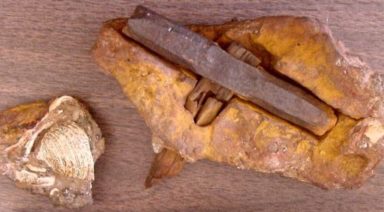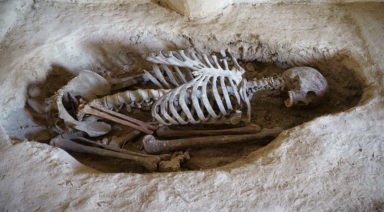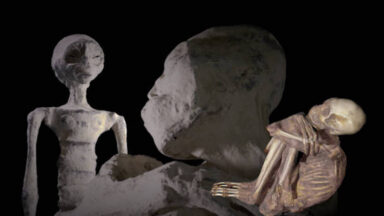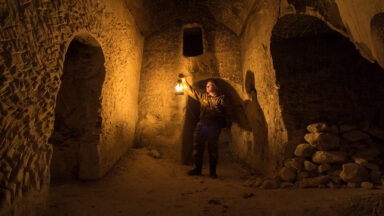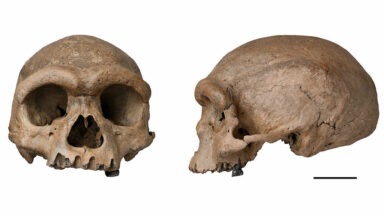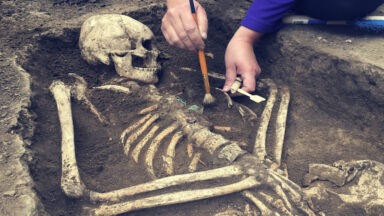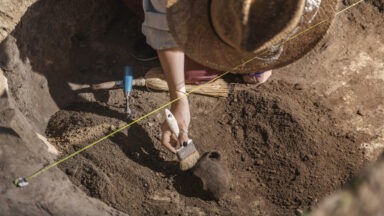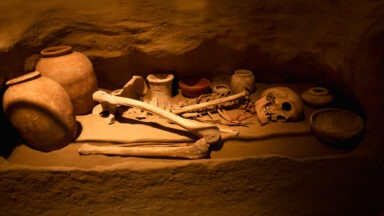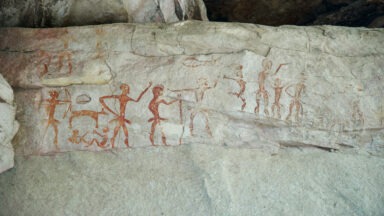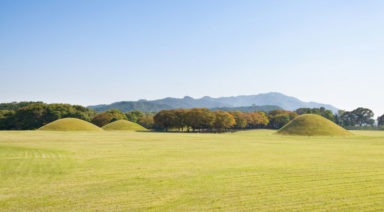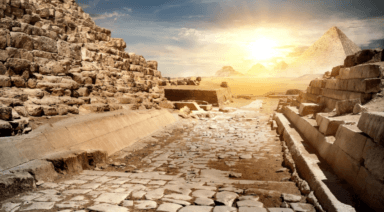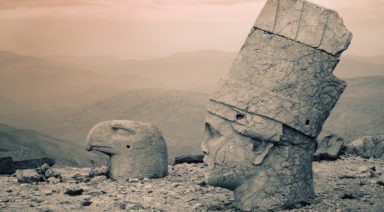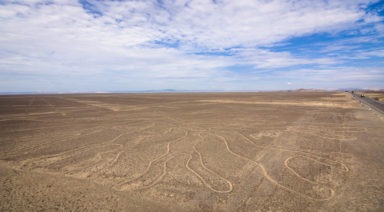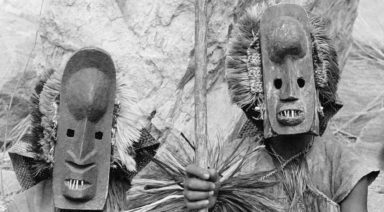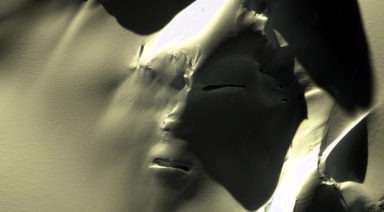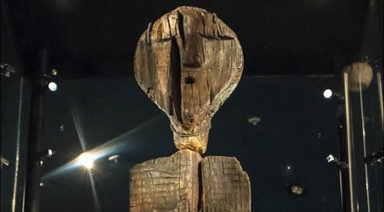Indonesian Pyramid May Be Definitive Proof of a Lost Civilization
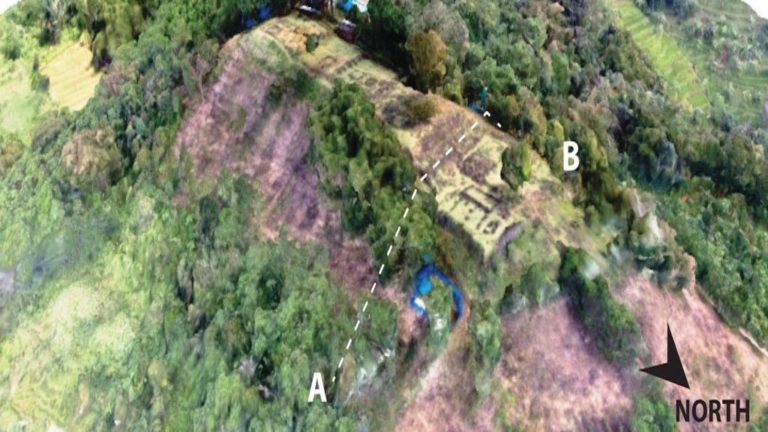
A massive pyramidal structure on the Indonesian island of Java was found to be man-made, after drilling samples returned evidence of a hidden, subterranean temple below layers of vegetation and soil. The structure might predate the oldest megalithic site on Earth, Göbekli Tepe, by millennia.
Though the pyramid has been known to locals as the Gunung Padang megalithic site for some time, it’s now being acknowledged by mainstream archeology as a possible “ancient temple.”
The pyramid is located atop Mount Padang in West Java, covered by a dense layer of trees and foliage that have amassed over the thousands of years since it was built. In addition to the tier of flora, a number of soil and rock layers have developed over the course of its history leading to its obfuscation and making it appear as if it might be a natural formation.
Danny Natawidjaja, Ph.D., a senior geologist for the Research Center for Geotechnology at the Indonesian Institute for Sciences, has been studying the pyramid for years, saying he believes it may be evidence of an ancient, lost civilization predating any we’ve known.
“Old stories about Atlantis and other great, lost civilizations of prehistory, long dismissed as myths by archaeologists, look set to be proved true,” Natawidjaja told Graham Hancock in a 2014 interview.
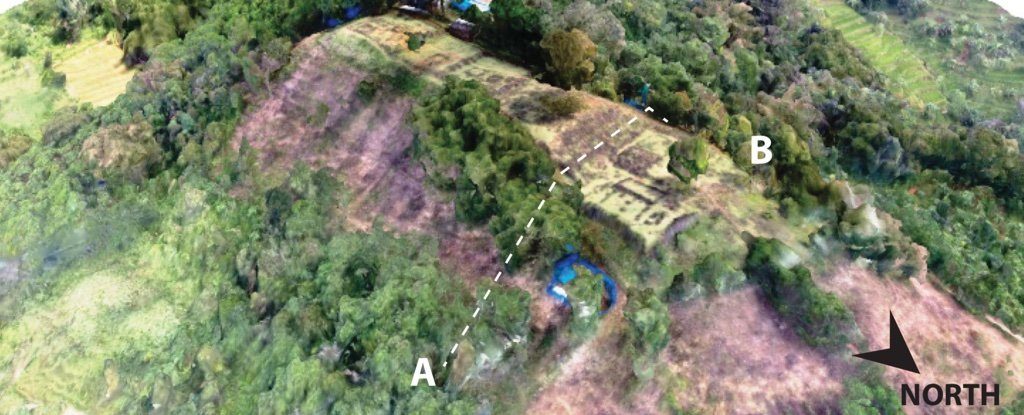
Natawidjaja and colleagues first noticed artificial signatures in the temple when comparing it to the eroded, natural landscape nearby. They also spotted particular characteristics in the basaltic standing stones atop the pyramid, that frame its stepped terraces. These can be found next to other rock columns and arrangements that form distinct walls, paths, and spaces clearly hinting at an anthropogenic origin. This layer alone dates back 3,500 years, with subsequent layers getting continually older the further archeologists dig.
In a recent report by LiveScience, Natawidjaja revealed the results of a study that incorporated ground-penetrating radar, x-rays, tomography, and core samples showing the pyramid’s age. The latest interest in his findings among the academic community may encourage the Indonesian government to allow further excavation – something it’s been averse to in the past.
“Underneath the surface, to a depth of about 10 feet (3 m), was a second layer of similar rock columns, thought to be 7,500 to 8,300 years old. And a third layer, extending 49 feet (15 m) below the surface, is more than 9,000 years old; it could even date to 28,000 years ago, according to the researchers. Their surveys also detected multiple chambers underground,”
Today, the top of the pyramid is used for prayer like it probably was thousands of years ago. And now that mainstream archeology is finally willing to accept that it is in fact, a man-made structure, we may be on the precipice of a true paradigm shift in our perception of human history.
For more on anomalous archeological sites around the world, check out Ancient Civilizations :
Turkish Archaeologists Find Site Much Older Than Göbekli Tepe
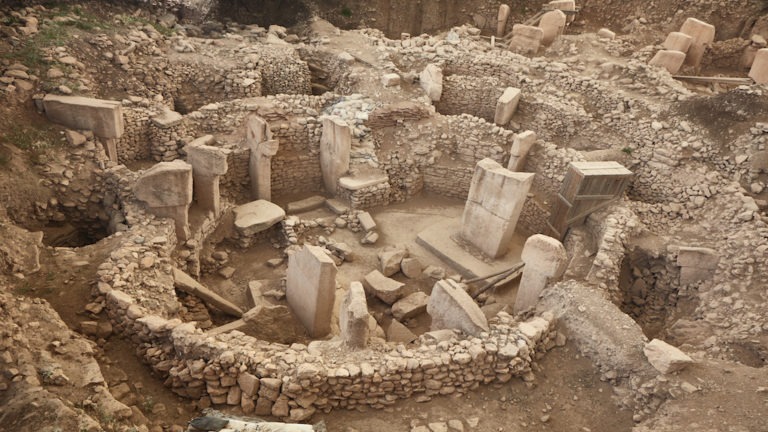
Sitting eerily quiet upon an almost forgotten potbelly-shaped hilltop in the Southeastern Turkish countryside is an archaeological site that has caused heated debates among researchers, dreamers, and scientists. The mainstream scientific community remains reluctant to budge from the cemented ideas of academia regarding the possibilities of advanced cultures far older than believed possible. Literally written in stone, found in newly excavated digs, are the remains of a people we know little or nothing about, and now a new discovery has emerged that’s even older — by a thousand years or so — than Göbekli Tepe.
Smithsonian magazine noted that Göbekli Tepe (sometimes written as “gobekli tepe” or “göbekli tepe”) predates Stonehenge by 6,000 years and “upends the conventional view of the rise of civilization.” The site is regarded as early evidence of prehistoric worship, featuring unmistakable temples and stunningly carved stone monoliths.


